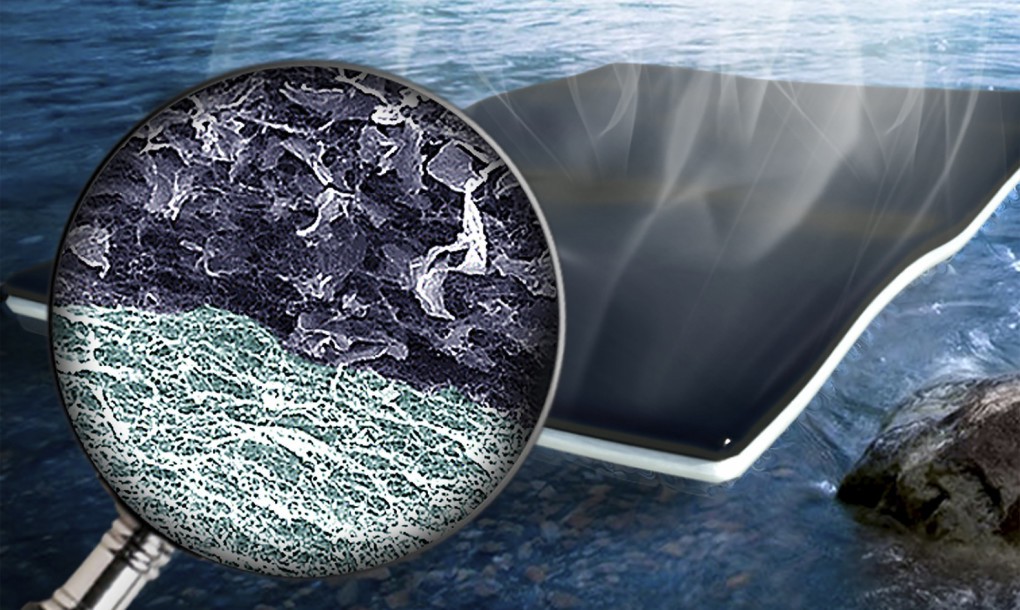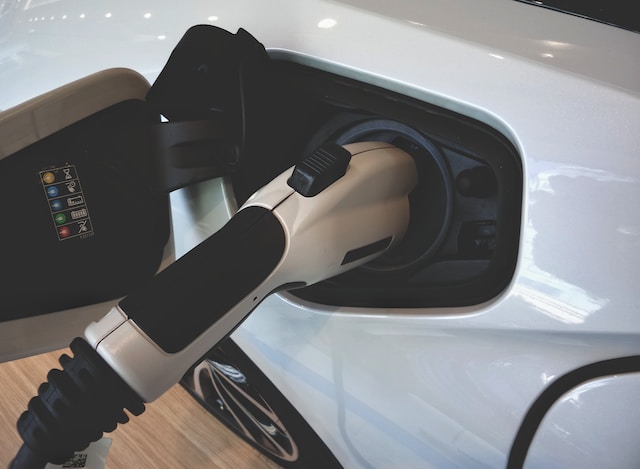According to the World Health Organization, about one in 10 people do not have access to safe and clean drinking water. As the global climate continues to warm, scientists fear that more and more people will face water shortages.
Nanotechnology can provide a solution
Scientists at Washington University in St. Louis, Missouri, have developed biofoam to turn dirty water into drinkable water by removing salt and contaminants.
The light biofoam consists of two materials: cellulose and graphene oxide. When the foam is suspended in water, the graphene oxide converts sunlight into heat which evaporates water. The cellulose pulls the water to the surface while the impurities settle down at the bottom. The resulting clean water can easily be collected from the top of the sheet.
Biofoam is extremely light and inexpensive to make.
Mechanical engineering and materials science associate professor Srikanth Singamaneni said in a press release:
“Cellulose can be produced on a massive scale and graphene oxide is extremely cheap—people can produce tons, truly tons, of it. Both materials going into this are highly scalable. So one can imagine making huge sheets of the biofoam. We hope that for countries where there is ample sunlight, such as in India, you’ll be able to take some dirty water, evaporate it using our material, and collect fresh water.”







